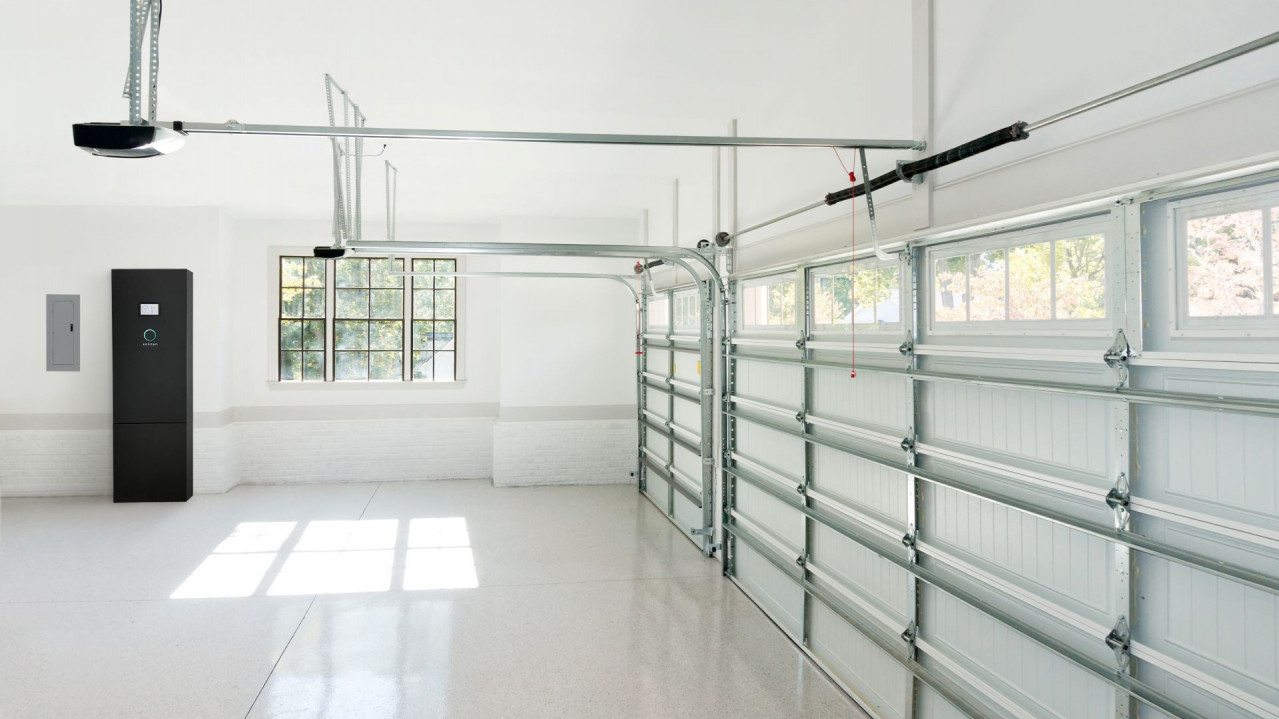
Why You Should Care About Energy Automation
Did you know 36 million Americans were affected by power outages in 2017? Read about the everyday consequences families face as a result of increasing power outages and how energy automation can help.
According to a study by Eaton, upwards of 36 million people were affected by power outages in the U.S in 2017. That is twice the number of people that were affected in 2016. NOAA tells us that the “number and cost of disasters are increasing over time.” So what do you think is causing this increase? I’m no scientist, but I’m certain that CO2 emissions from peaker plants and gas-guzzling vehicles certainly aren’t helping.
If you think I’m about to preach about the realities of climate change, I’m not. I wrote this piece to highlight the consequences families face as a result of increasing power outages.
Picture this: An intense summer storm warning has been issued. You have 24 hours to prepare. You rush home from work, get your candles out, the board games, the puzzles. You charge all your devices, hopefully they’ll keep the kids busy for a few hours? Good thing you just invested in that custom A/V system to entertain yourselves and the kids… That will come in handy when everything is OFF! You quickly round up the kids and head to the store. It’s time to stock up on non-perishables. You get to the store only to realize every other person in the entire county got the same memo. You fight with your used-to-be friend and neighbor to get the last can of beans. Finally, your cart is full, the kids are getting antsy, and you know it’s time to go. That will be 45 minutes in the check-out line first. But hey! You’ve got this, right?
Fast forward: The storm hits. It’s a hot, muggy, 95-degree summer night. Power is gone. Who knows for how long. The iPad is at 20% and counting. Your clothes are starting to stick to your skin. The candles are only making it hotter, but without them you can’t see a thing. The kids are irritable. You need to relax. Your fridge isn’t cold anymore, but you pop open a beer anyway. Yum… warm beer. Halfway through the kids movie, the iPad dies. You divert their attention towards a puzzle, but it’s too hot to concentrate. The kids are crying now. Maybe some food will solve the problem… Nope, the kids obviously don’t want beans right now (or ever) — they want ice cream, which is now chocolate chip soup in the freezer. And your utility notified you that power will be out for at least the next 24 hours, if not longer.
Now imagine that you’d invested in an energy automation system before this storm hit. Let’s rewind:
A summer storm warning has been issued. You already knew that because you received a text that your home would start preparing itself for severe weather. Great! You can relax. No need to go shopping, since your home battery is charging up to back up your fridge, so it stays cold. Your energy automation system pre-cools your home so you can enjoy a nice summer night with your kids with a family movie.
Fast forward: Storm hits. You don’t even notice the power goes out for your block. Your lights are on, the fridge is working, and the kids are entertained and content. Not only is that custom A/V system working, but the performance quality is great! The inside temperature is pleasant because you pre-cooled your home, and when you switched to battery backup, your energy automation system lowered your shades. Your utility notifies you that power will be out for at least the next 24 hours, if not longer. No biggie! You can see that you currently have 28 hours of clean, green energy stored in your battery, and if you dip below 50% of your battery life, your energy automation system will automatically start turning off non-essential loads to preserve your battery for longer.
I bet that cold beer tastes pretty good right now!







